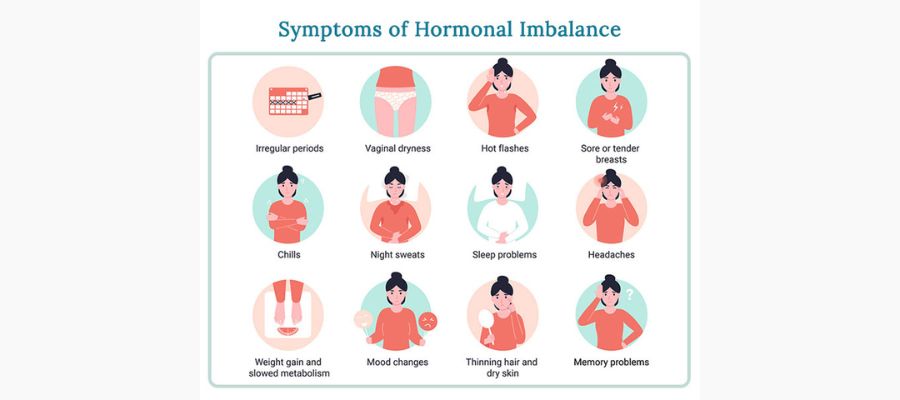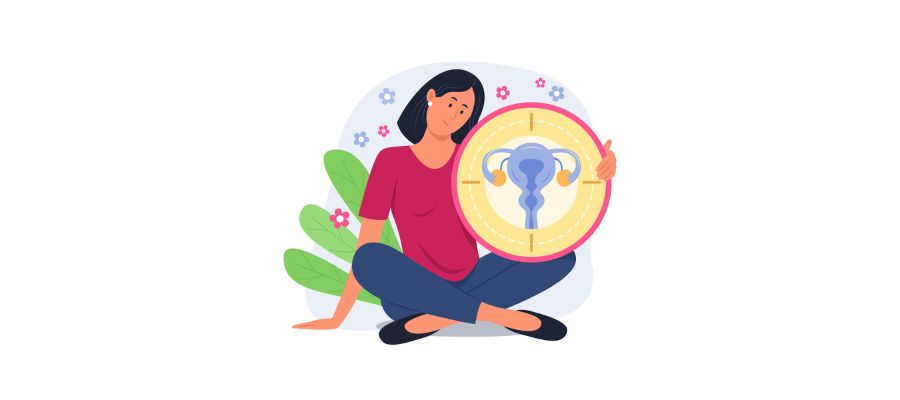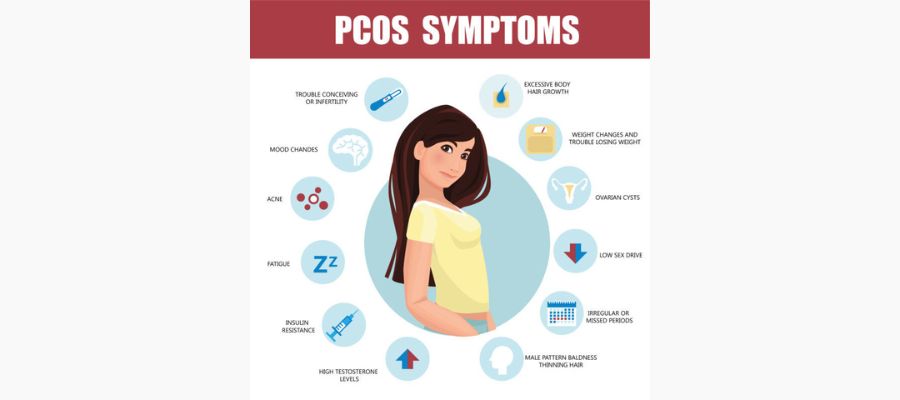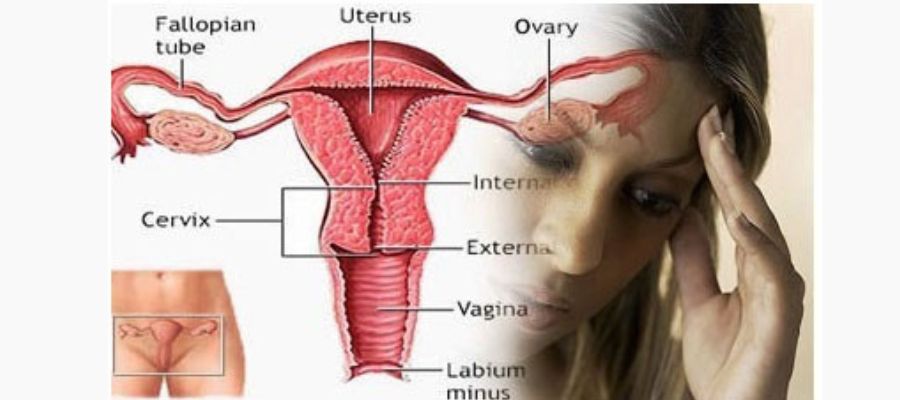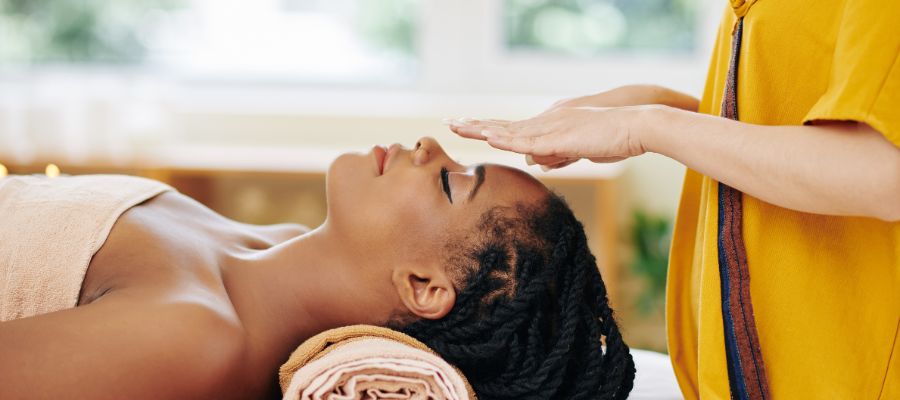
VATA-PITTA PRAKRUTI
Vata Pitta Body Constitution is defined as a body type characterized by Vata (space) and Pitta (fire) Doshas. So, the main characteristic of this body type is the combination of two Doshas i.e., air and fire. You have an equal or almost equal predominance of Vata and Pitta dosha if you have a Vata Pitta dosha. It might also indicate that you have a primary and a near secondary dosha.
The Vata-Pitta Ayurvedic type mixes the Pitta's fiery, ambitious fire with the light, easily irritated Vata Dosha, which keeps the continuously preoccupied mind. Vata-Pitta people are mostly slender in frame with prominent joints, veins and bones, wavy hairs, small eyes.
VATA-PTTA DOSHA
1) WHAT IS VATA-PTTA DOSHA & VATA-PTTA IMBALANCE
If you have a Vata-Pitta constitution, it is advised that you decrease the attributes of heat, dryness, and lightness. In other words, eat meals that are cold, moist, and heavy in nature.
When you have a vata-pitta constitution, it indicates that two doshas are prominent in your body. The easiest way to deal with a dual dosha Prakriti is to regulate it according to the season. People who are Vata Pitta have traits from both doshas. A vata pitta dual-doshic individual benefits from stability, groundedness, support, and consistency since vata and pitta share the property of lightness.
2) CAUSES, SYMPTOMS & EFFECTS OF VATA-PITTA IMBALANCE
The fiery and mobile nature of Pitta can be easily provoked by the dynamic and mobile qualities of Vata. Therefore, Pitta-Vata or Vata-Pitta individuals tend to be more susceptible to digestion problems such as both constipation and diarrhoea, gas, bloating, heartburn, inflammatory disorders and unstable moods.
Symptoms of Vata-Pitta imbalance;
- Gets anxious or angry too easily
- Hyperacidity
- Arthritis like symptoms
- Painful periods
- prone to bouts of anger
- Insomnia
- Sleepiness at nighttime or daytime sleepiness
- Headaches that occur frequently during the day
- Lack of focus or concentration
- Feeling overwhelmed by situations you feel powerless against even when there's nothing actually wrong.
- Have dry skin conditions because they don't sweat enough.
3) DO'S & DONT'S FOR VATA-PITTA IMBALANCE
The general guideline is that the Dosha that is more pronounced should take precedence. Furthermore, the more hyperactive Dosha should be tamed during the season. As a vata-pitta, follow a vata-calming regimen in general, especially during the fall and winter seasons, the change of seasons, and especially when the weather is cold and windy. During the spring and summer, especially when the weather is warm, follow a pitta-calming routine.
Modifying your food according to the changing seasons is especially crucial for dual dosha types, as some seasons are connected with a certain dosha.
4) DIET PLAN FOR VATA-PITTA IMBALANCE
- Vata-Pitta types should consume cooked grains or yeast-free bread.
- Legumes are best cooked as a dal or spread with spices for Vatta-Pitta. Avoid those indicated as tiny amounts if your digestion is weak or you have constipation.
- If feasible, utilize raw or organic milk products for all dosha types. Warm milk with modest amounts of spices such as ginger and cardamom should be eaten on its own.
- Because fruit is light, it is ideal for Vata-Pitta types to consume sweet, well-ripened fruit. It should be eaten sparingly.
- Nuts should be consumed without salt and gently dry roasted to aid digestion for Vata-Pitta types. Nut butter is also tasty and may be consumed.
5) SPECIFIC YOGA, PRANAYAM & HERBS RECOMMENDED FOR VATA-PITTA IMBALANCE.
Yoga poses to balance Vata-Pitta dosha include Surya Namaskar, Kapalbhati pranayama, bhastrika pranayama and Nadi shodhan preferably along with jala and sutra neti.
Ayurvedic herbs to balance vata-pitta personality are cardamom, chamomile, fennel, coriander,
cumin, lemon verbena, peppermint, saffron, spearmint, turmeric, bay leaf, rosemary, cilantro and dill. Ayurvedic herbal mixture Triphala is most recognised for its usage as a mild bowel tonic, aiding digestion and promoting regular bowel motions. The combination of the three fruits has a synergistic impact that benefits a variety of different systems.



